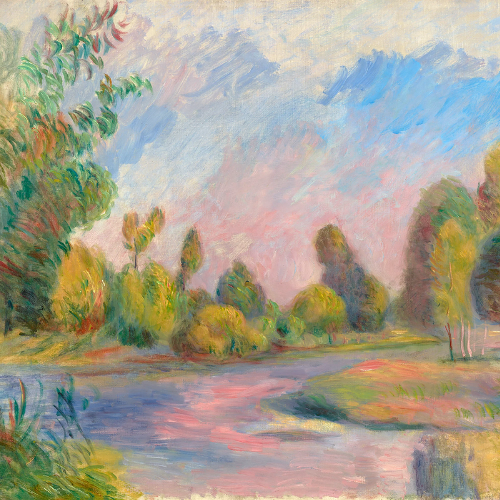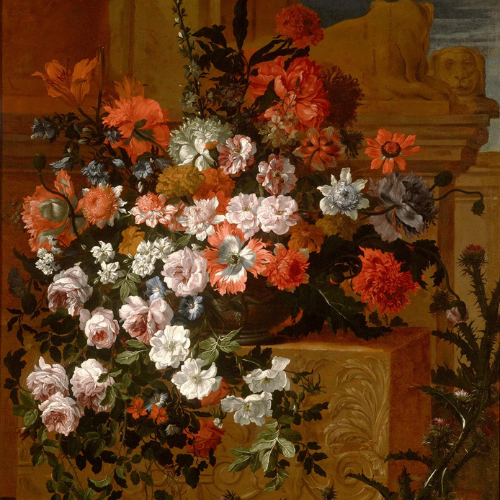
While the exact details of the development of porcelain are a mystery, its lasting influence and prestige in the realm of the decorative arts remains a constant. Beloved by aristocrats and kings to the bourgeoisie and common man, porcelain has held an integral place in palaces, galleries, museums and homes throughout history. It is the material of the elite, of beauty, and of years of fascination; it remains the definition of versatility, elegance and classic style.
Originating in China during the Shang Dynasty (1600-1046 BCE), porcelain fast became an integral part of Chinese decorative arts. It wasn’t until the Ming Dynasty (1368-1644 CE), almost 2000 years later, that Chinese porcelain hit the Western world, when the Chinese export business reached its heights. Western Europe quickly developed a fervor for this fashionable new material, and European craftsman longed to reproduce the popular material.
While experimenting to achieve hard-paste porcelain as magnificent as the Chinese, a small 17th century town called Meissen, located in Germany, set the stage for successful porcelain creation. Augustus the Strong, Elector of Saxony, imprisoned the alchemist, Johann Friedrich Bottger, in order to use his talents to recreate the formula for hard-paste porcelain. It was upon his success three years later that Bottger was freed. Soon after, the Meissen factory was established, becoming the first European center for hard-paste porcelain. Their products evoked delicacy, elegance, and the highest level of craftsmanship that set the standard for porcelain creation in Europe.
Of the many different types of porcelain pieces Meissen produced, urns remain among the most important and prestigious. This pair of large Meissen antique urns exhibit all of the trademarks of the Meissen approach. Standing at a towering 50 1/4” high, these urns are a true hallmark of Meissen design. The base of each urn creates a slate for true craftsmanship; flower stems encircle the surface and foliage is scattered throughout. Atop, the middle of the urn is wrapped in a swirl of colorful applique flowers and symbolic female figures that all protrude from the surface in an extraordinarily realistic manner. Completing each urn is a wild bouquet of different types of flowers and greenery. These highlights emerge from the top, swirling through the mouth of the urn as though blossoming from within. Each urn presents an ideal botanical garden; every aspect is shown in full bloom and strength. From the extraordinary details to the profusion of color throughout, these porcelain urns are truly a work of art.









